The world is not just black and white. Chemical elements are not just metal and non-metal as well. Metalloids, also called semimetals, are a group of elements in between metals and non-metals.
This article will help you understand metalloid’s properties and uses.
If you want to know who discovered these metalloids, you can click here(detailed article) or here(video).
General Properties of Metalloids
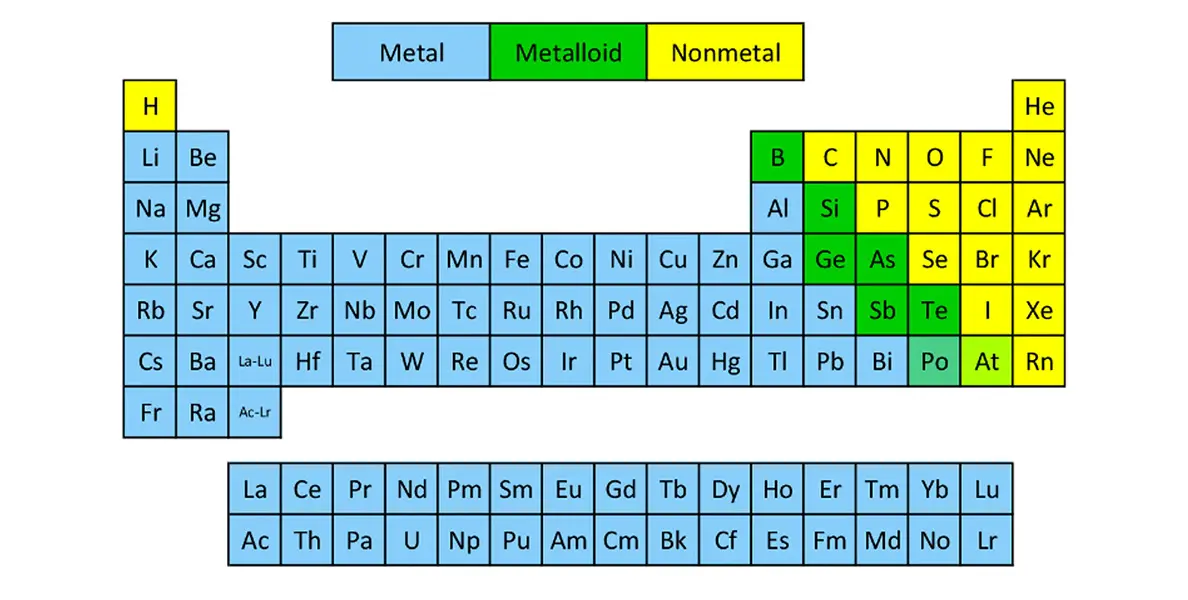
In this part, I’ll explain the physical and chemical properties of metalloids.
Find Metalloids in Periodic Table
Metalloids are chemical elements that have properties of both metals and nonmetals.
They are on the periodic table along the staircase line separating metals from nonmetals.
The periodic table includes these metalloid elements(With their atomic numbers):
- Boron(5)
- Silicon(14)
- Germanium(32)
- Arsenic(33)
- Antimony(51)
- Tellurium(52)
Apart from these six elements, there are two elements occasionally included: Polonium(84) and Astatine(85).
Physical Properties of Metalloid
Metalloids typically include a combination of both metallic and nonmetallic characteristics.
Conductivity: All elements that fall between metals and nonmetals are conductors.
However, they are just intermediate conductors that can not conduct electricity like some metals.
Appearance: Metalloids tend to have excellent exhibit properties(Shiny appearance similar to metals).
But they are brittle, and may not be as malleable or ductile.
Thermalbility: Metalloids tend to have a higher melting point than nonmetals, but lower than pure metals.
Chemical Properties of Metalloid
Metalloids are elements that exhibit both metallic properties and non-metallic properties.
Chemical compatibility: Metalloids form alloys with metals and non-metals very well.
Variegation: Metalloids are also variable with multiple reactivity levels. Some act more like metals and others behave more like non-metals.
Covalent bonds: Metalloids are often formed covalent bonds with other elements.
Therefore, metalloids have a wide range of chemical reactions and compound formations.
Semiconductor properties: Metalloids exhibit semiconductor properties. It is useful in the field of electronics and technology.
What Makes Metalloids Unique?
In this part, I’ll analyze what properties make metalloids different from metals or nonmetals.
Differences between Metalloid and Metal
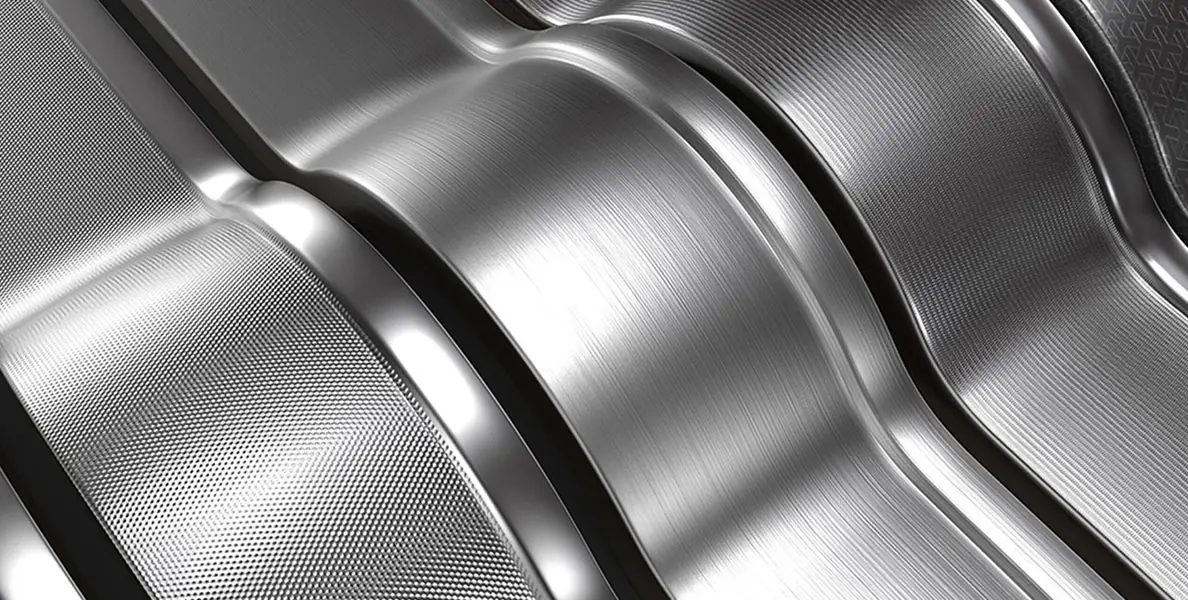
They are chemical elements on the periodic table, but distinct characteristics set them apart.
| Attribution | Metal | Metalloids |
| Conductivity | Good in electricity and heat | Fall between metals and non-metals |
| Physical Properties | Shiny, malleable, and ductile | May exhibit a combination of metallic and non-metallic properties |
| Chemical behavior | Lose electrons and form positive ions | Display reactivity of both |
Differences between Metalloid and Nonmetal

Nonmetals are elements that lack the properties of metals.
| Attribution | NonMetal | Metalloids |
| Conductivity | Most are poor in heat and electricity | Better |
| Placement in Periodic Table | On the right side | Located along the staircase line that separates metals from nonmetals |
| Atomic Structure |
Filled outer electron shells |
Partially filled outer electron shells |
Application of Metalloid Compound in Manufacturing
In this part, we’ll see how these elements are applied in manufacturing.
Silicon
Silicon has the highest abundance in the earth’s crust.
![]()
Semiconductor: silicon is a cost-effective and sustainable option for semiconductor manufacturing.
Electronic devices: Silicon is conductive and can withstand high temperatures.
Manufacturers usually use silicon to produce electronic components, like computers and smartphones.
Solar panels: Slicons can enhance the efficiency of renewable energy sources.
Boron
Boron has high strength, low density, and exceptional chemical stability.
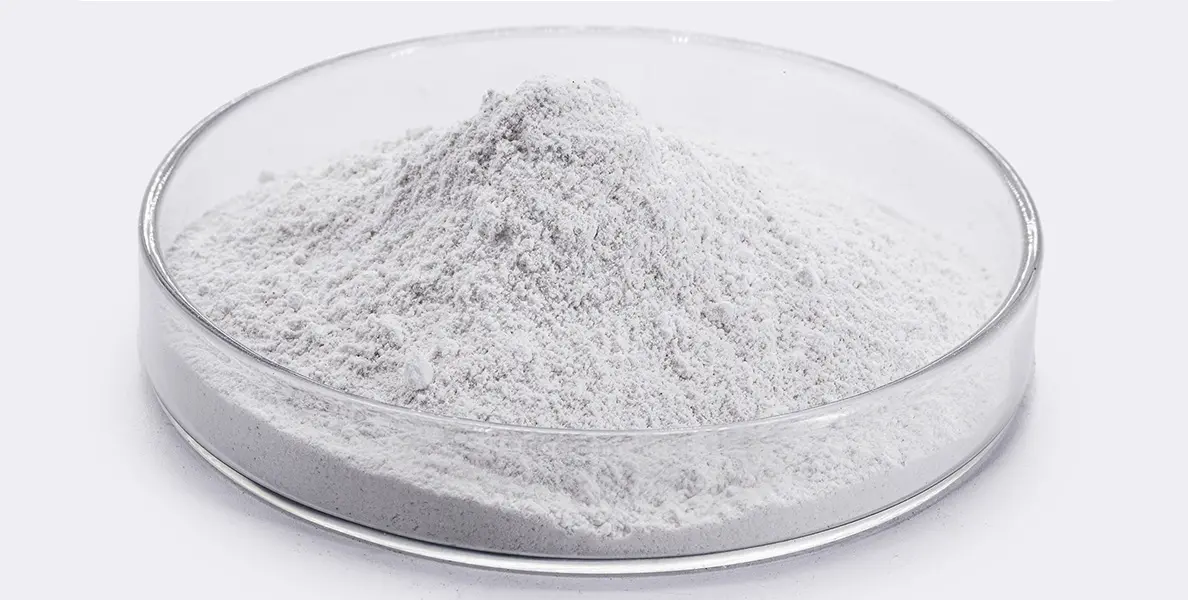
Borosilicate glass: Boron is a metalloid with high thermal shock resistance and durability for glass.
As an alloying element: Boron performed well with high-strength metals like steel.
This element can help other materials improve their mechanical properties and overall performance.
As a neutron absorber in nuclear reactors: Boron can help control nuclear fission reactions.
Arsenic
Arsenic is highly toxic!

As poison: Exposure to arsenic can lead to both acute and chronic health effects.
The ancient Chinese called it “Pi Shuang”, which is still synonymous with poison in Chinese.
As pesticides: Because of its toxicity, arsenic is also used in agricultural pesticides.
As Pigments and correction fluids: Arsenic trisulfide, a golden-yellow arsenic compound, was a very common pigment in ancient times.
The ancient Chinese called it “Ci Huang”. In Chinese, “Xin Kou Ci Huang” means casual opine since this substance can correct typos.
Antimony
Antimony has high electrical and heat resistance.
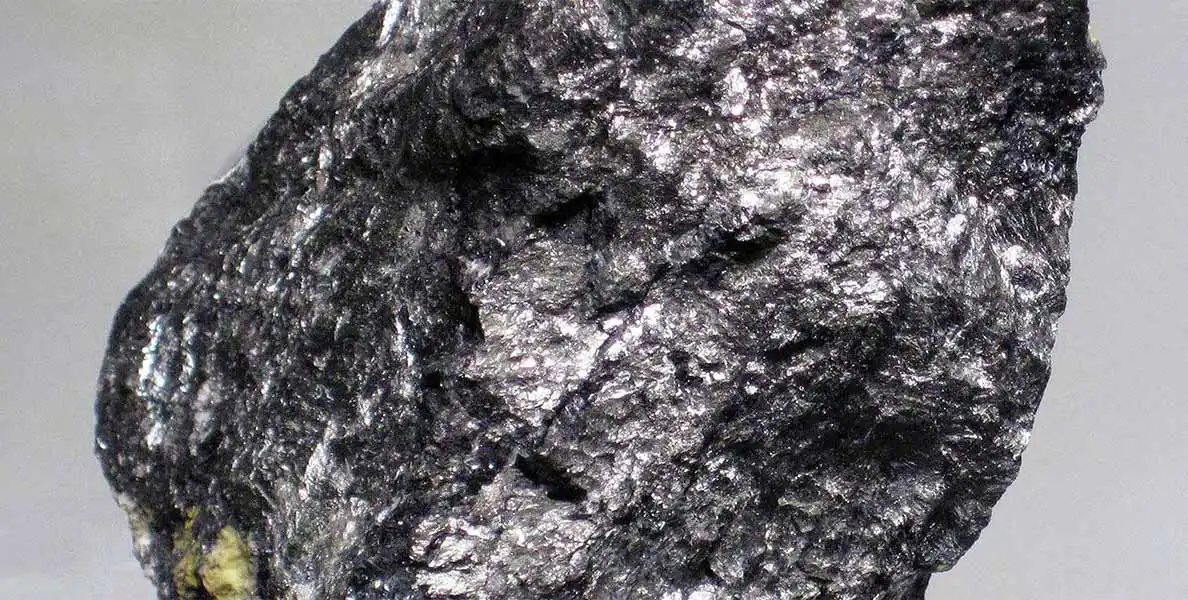
For Battery: Manufacturers add antimony in the production of lead-acid batteries to increase durability and longevity.
For Flame Retardants: It reduces the risk of fire in textiles, plastics, and electronics.
In the metallurgical industry: Antimony is often alloyed with other metals to improve their strength and hardness.
Tellurium
Tellurium can efficiently convert sunlight and heat into electricity.
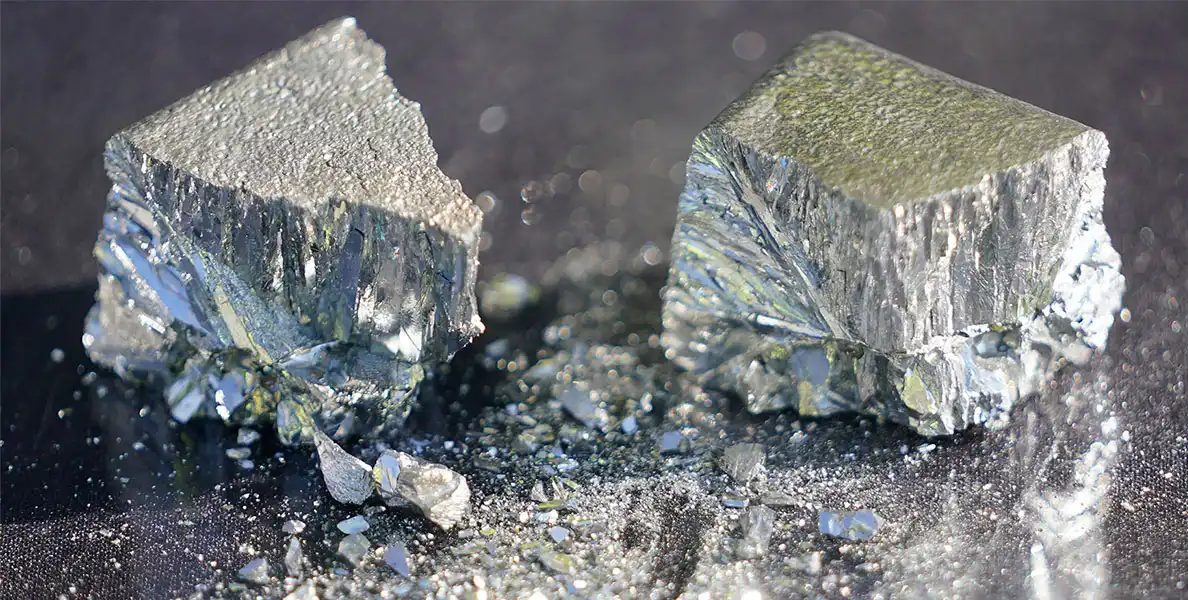
In electrical equipment: Tellurium is a semi-metallic element with high demand and good electrical conductivity.
In energy-efficient technologies: It works especially well in solar panels and thermoelectric materials.
In metallurgy: Tellurium’s ease of processing and resistance to corrosion are helpful in metal smelting.
Germanium
This element has high refractive index and excellent light transmission capabilities.
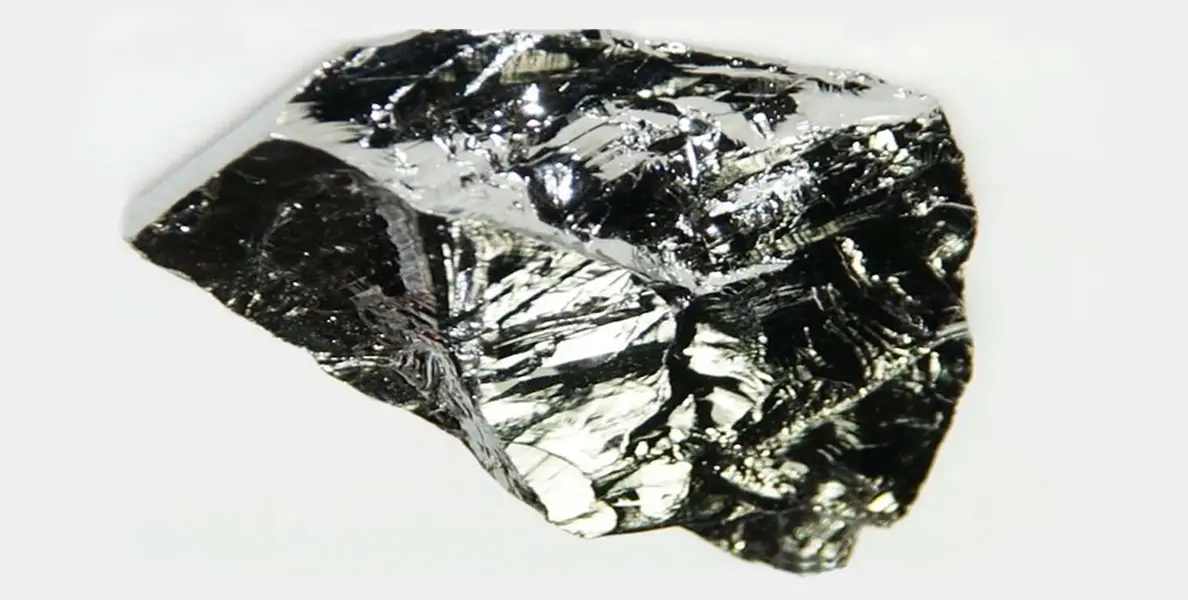
In semiconductors: Germanium creates high-quality lenses for cameras, infrared spectroscopy, and microscopy.
In fiber optic communication systems: Germanium enhances its signal transmission.
In solar panels: Germanium can improve the efficiency of photovoltaic cells.
In electronic components: Germanium can efficiently conduct electricity at low temperatures. The production of diodes and transistors requires this ability severely.
Conclusion
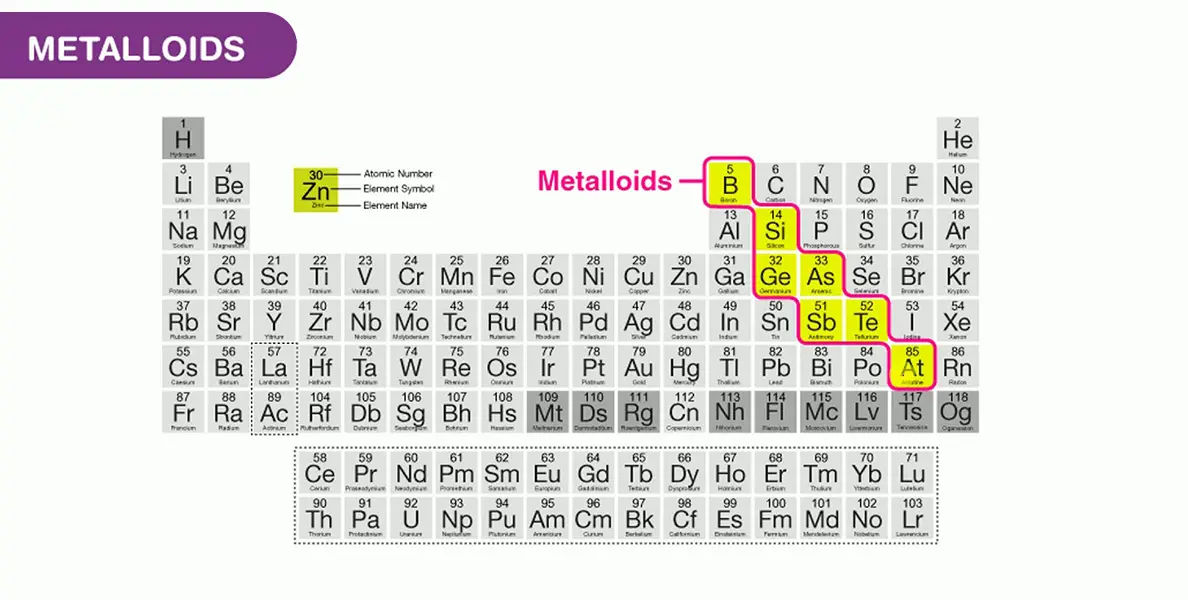
In conclusion, metalloids are a kind of elements with physical and chemical behavior that fall between nonmetal and metal.
It has many unique properties. Each of them has its applications in manufacturing.
What If My Workpieces Involve the Machining of Semimetals?
Let XMAKE help you! We are a leading digital manufacturing platform that can do machining with different elements.
Tell us what you need and we’ll find a way for you.
FAQS
Q1: How are metalloids classified on the periodic table?
A: Metalloids are located along the line between metals and nonmetals, separating the two groups of elements.
Q2: What unique properties do metalloids possess?
A: Metalloids have properties that make them distinct from both metals and nonmetals, allowing them to form a group of elements with specific characteristics.
Q3: How do metalloids differ from transition metals?
A: Metalloids are not classified as transition metals; they are a separate group of elements with properties falling between metals and nonmetals.
Q4: What is the chemical structure of metalloids?
A: Metalloids form a jagged line on the periodic table, showing their intermediate nature between metals and nonmetals.
Q5: Why are metalloids important in chemistry?
A: Metalloids play a crucial role in forming compounds and materials with unique properties due to their combination of metal and nonmetal characteristics.
References
- What are metalloids? Are metalloids also metals? -Metals Encyclopedia – GoldInvest Spot – GoldInvest.com. (n.d.). https://xianhuo.cngold.org/xhzs/c4857227.html
- NUST and others propose new topological quantum states of matter – 2D outer semimetallic states —- Chinese Academy of Sciences. (n.d.). https://www.cas.cn/syky/201909/t20190902_4712439.shtml
-
Bagheri, M., & Masoomi, M. Y. (2022). Quasi-metal organic frameworks: Preparation, applications and future perspectives. Coordination Chemistry Reviews, 468, 214643. https://doi.org/10.1016/j.ccr.2022.214643
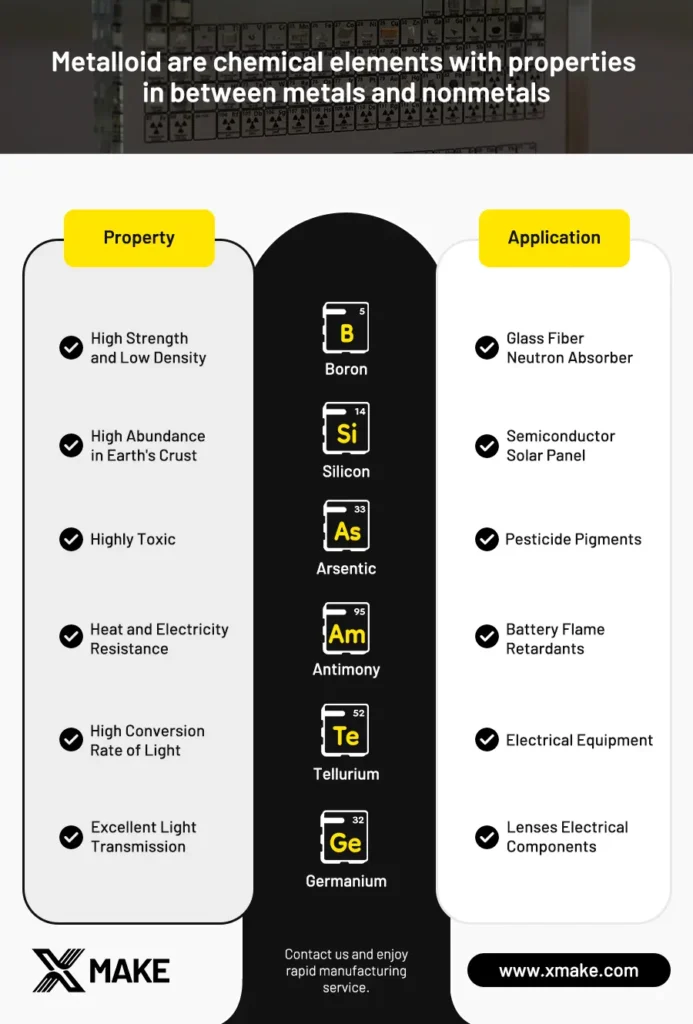


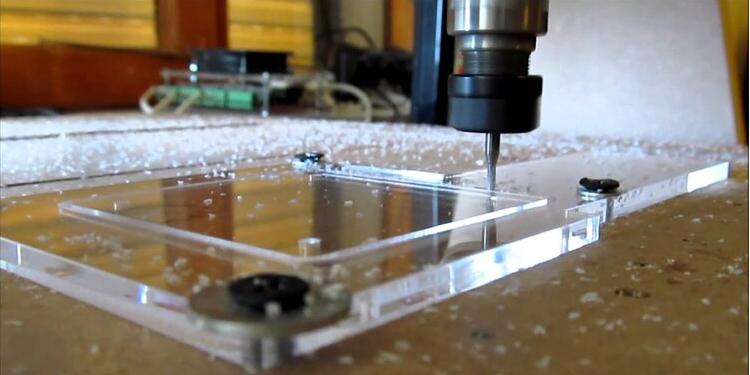
![The Best CAM Software for CNC [2025]](https://www.xmake.com/wp-content/uploads/2025/06/cam-software-1080x675.jpg)
![Best Free CAD Software Suggestions [2025]](https://www.xmake.com/wp-content/uploads/2025/06/R-1080x675.jpeg)